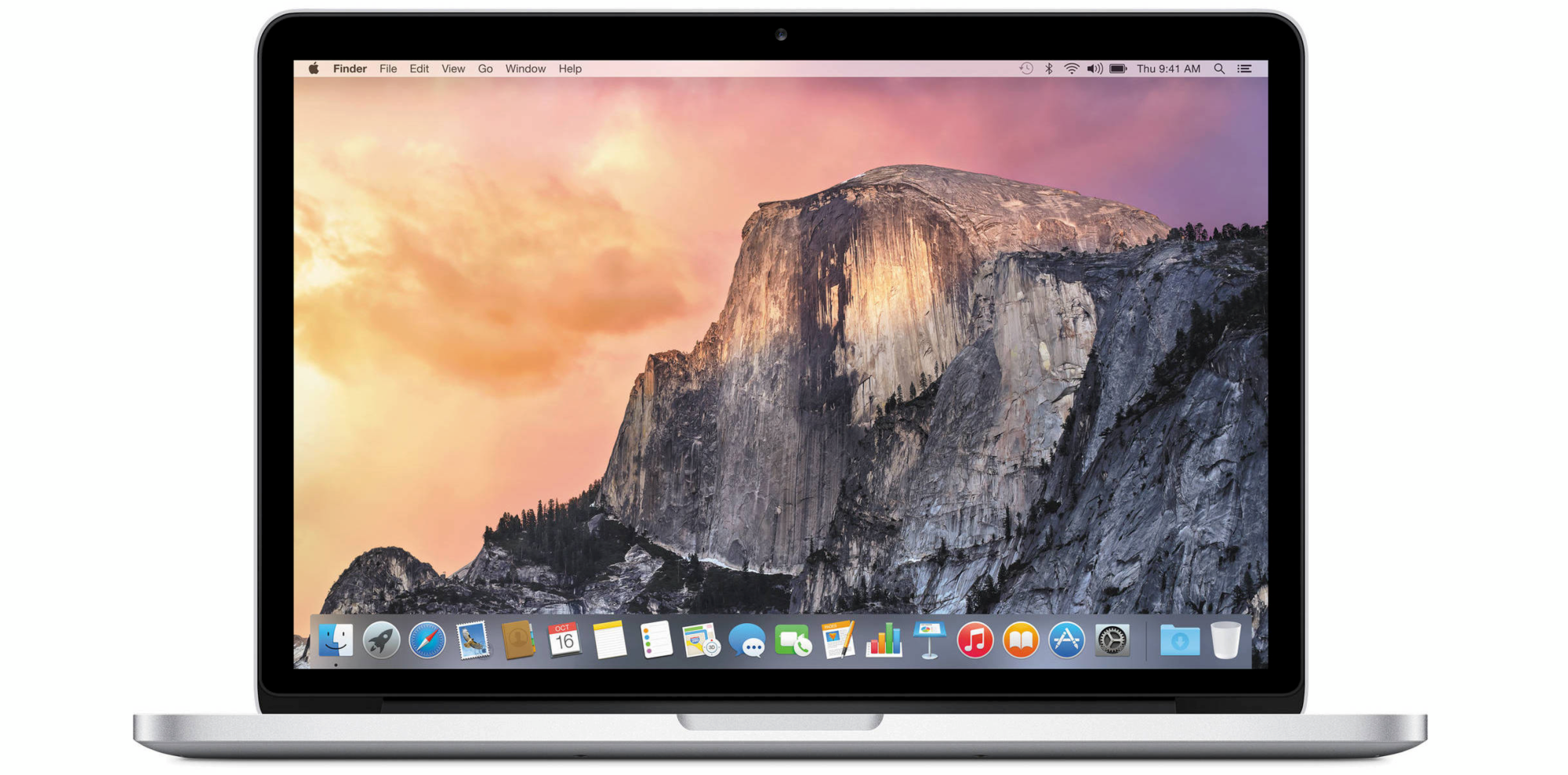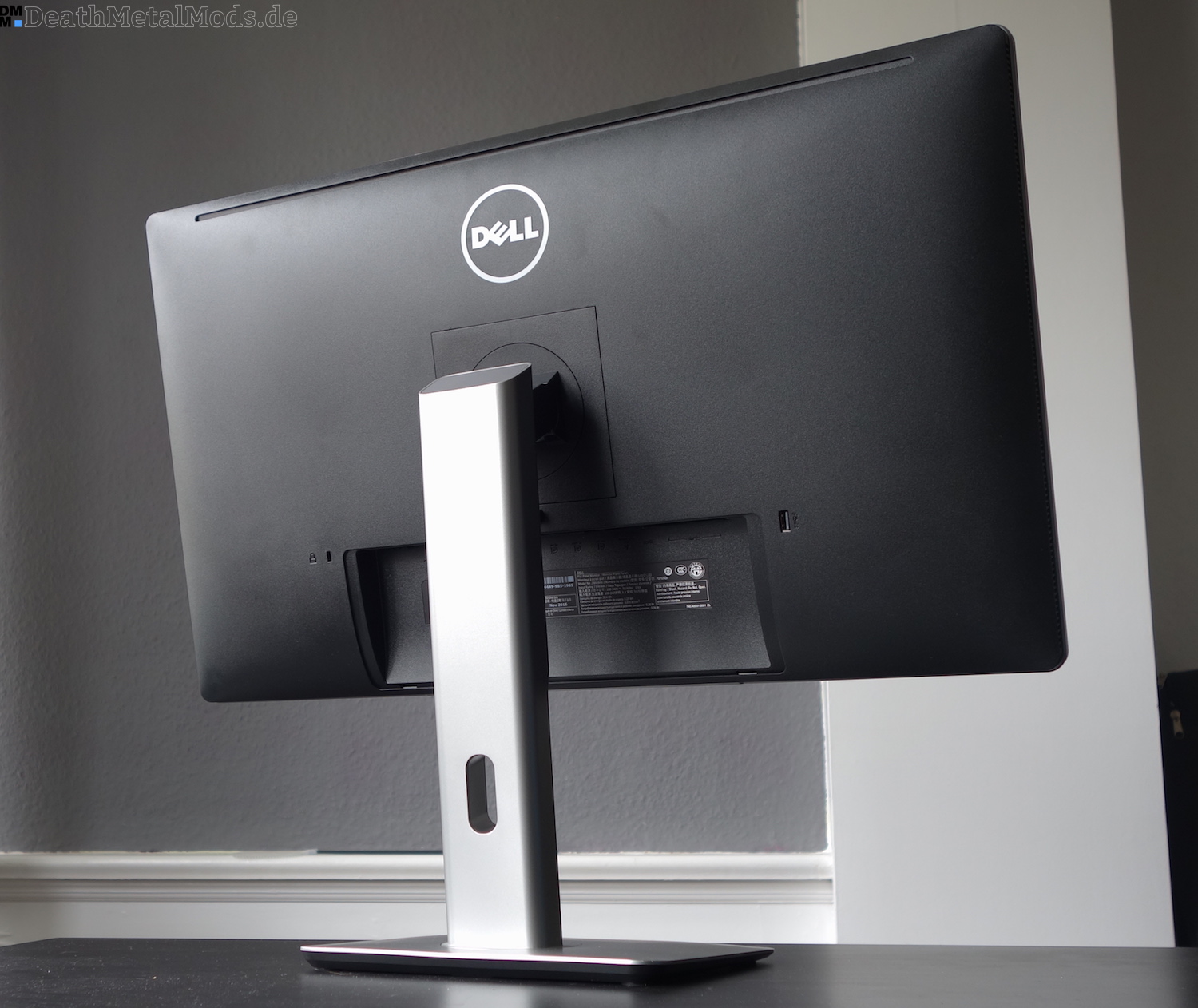
UsageĮarly Thunderbolt Docks suffered from flaky performance and bugs as manufacturers worked out the kinks in the then-new technology. Therefore, make sure that you read the technical specifications of any dock you’re looking to purchase to make sure it will meet your needs for multiple display. Keep in mind that this is not a flaw in the StarTech Dock, but rather a limitation of the Thunderbolt chipset that is present in some form on all consumer docks. When we switched the HDMI connection to the 1920×1200 Dell U2415, we got perfect 1200p output at 60Hz.

We got output at the correct resolution on both displays, but the Samsung was limited to 30Hz. We tested this setup by connecting our 27-inch Apple Thunderbolt Display to the dock’s second Thunderbolt 2 port, and our Samsung U28D590D 4K display to the dock’s HDMI port. Keep in mind, however, that due to the limits of the HDMI 1.4 specification, you’ll be stuck at a 30Hz refresh rate on that 4K display, and you’ll need to stick to 2560×1440 or lower to achieve a more acceptable 60Hz refresh rate. If one of your displays is connected via Thunderbolt, then you can add a second connection via HDMI to a display with a 4K max resolution (3840×2160). That will limit you to Apple’s Thunderbolt Display or one of the few third party Thunderbolt monitors currently on the market. And we don’t mean Mini DisplayPort, which shares the same connector with Thunderbolt, we mean Thunderbolt. Multi-display output is definitely possible with the StarTech Thunderbolt 2 Dock, but one of those displays must be connected via Thunderbolt. But things get tricky when you want to connect two displays simultaneously. Attaching virtually any single display works great via either HDMI or Thunderbolt/DisplayPort. Speaking of displays, that’s one area that might cause confusion (which is common to many Thunderbolt docks). The StarTech Thunderbolt 2 4K Docking Station isn’t the company’s first foray into the docking station market (they also offer a USB 3.0-based docking station and one based on first-generation Thunderbolt), but it’s one of the most versatile when it comes to port selection and, in our opinion, one of the most attractive docks from a design perspective. The latest is from StarTech, a technology manufacturer that produces a wide range of computing devices and accessories. We’ve looked at several Thunderbolt docking stations in recent years, including some that have been updated for Thunderbolt 2.

MAC PRO 5.1 DELL P2715Q PC
Perhaps the most interesting use of Thunderbolt has been the docking station, a device that lets you make a single connection to your Mac or Thunderbolt-equipped PC and then enjoy access to a variety of displays, data ports, networking, and audio interfaces.

Thunderbolt 2 offers significantly faster bandwidth, daisy chaining support, and a wider range of supported device types and peripherals. StarTech Thunderbolt 2 4K Docking StationĪpple (and Google) recently introduced the new USB-C specification to the market, and while the new port is much more versatile than its predecessors, don’t think that Thunderbolt is going anywhere, at least any time soon.


 0 kommentar(er)
0 kommentar(er)
